FAQ
Here are a few common questions parents ask before taking their kids on a rafting trip.
Rafting is one of the many activities you can do if you want something to do with the whole family. However, many families hesitate to take their children rafting for safety reasons.
Keeping this in mind, many rafting companies have developed special family-friendly trips that help introduce kids to rafting in mellow river environments. These trips are indeed a great way to spend your summer introducing your kids to rafting.
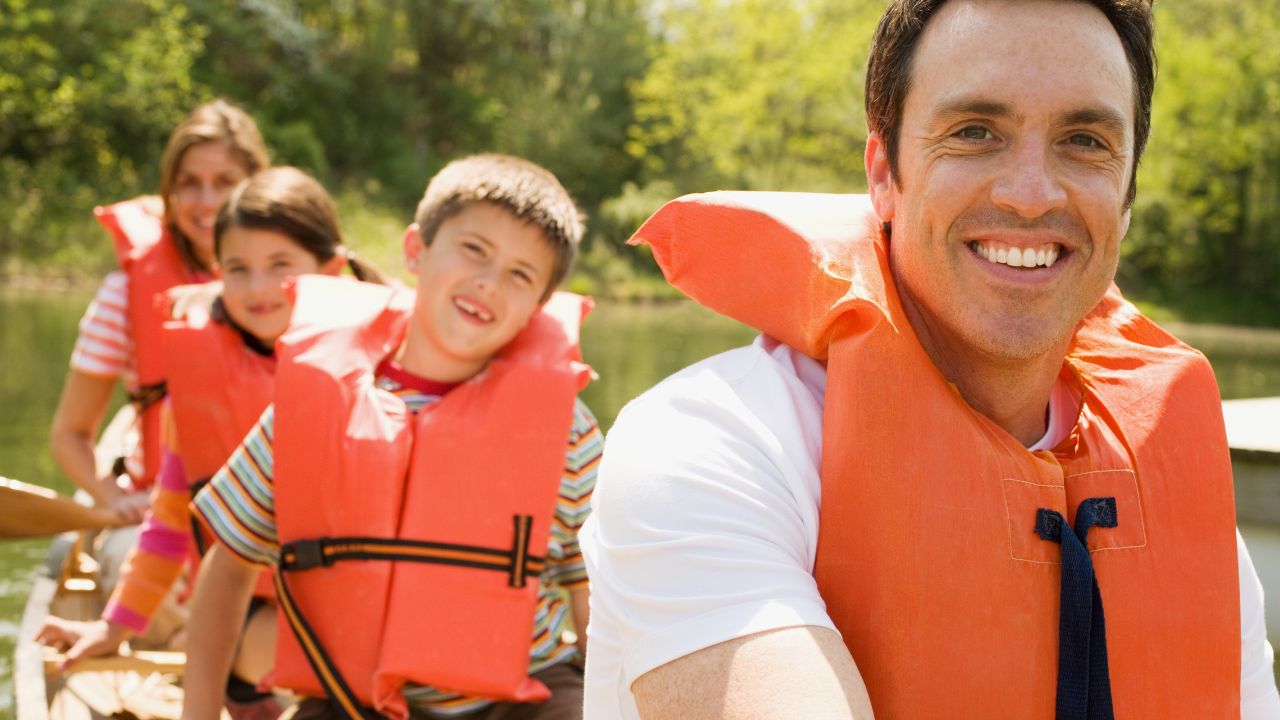
However, if you are thinking of taking your kids on a rafting trip for the first time, you need to teach them some vital safety and communication skills. By doing this, you can focus on enjoying your trip, concentrate on safety and still have fun with your family.
The good news is that these top 10 tips for white water rafting with kids are more than enough to let you have a safe and enjoyable river rafting trip and experience.
Here are the ten tips you need to know and practice before taking your kids on whitewater rafting trips.
You can't just choose any river to go rafting with kids, and you need to stick to Class II rivers like the San Juan River. They are relatively safer and more comfortable for infants and toddlers. In addition to the proper river, make sure that each boat has one adult per child and that you plan your trip so that you aren't rafting during peak runoff, like in late June or early July.
It's also better to visit sites like the USGS to check stream flows online and the upstream side before planning your trip. And if necessary, do walk around rapids you aren't impressed with before embarking on your adventure.
Last but least, you can organize your adventure with your kids better if you have already planned and organized trips before. Your experience will ensure you don't end up fumbling through rapids and needing to set up camp with your baby in hand.
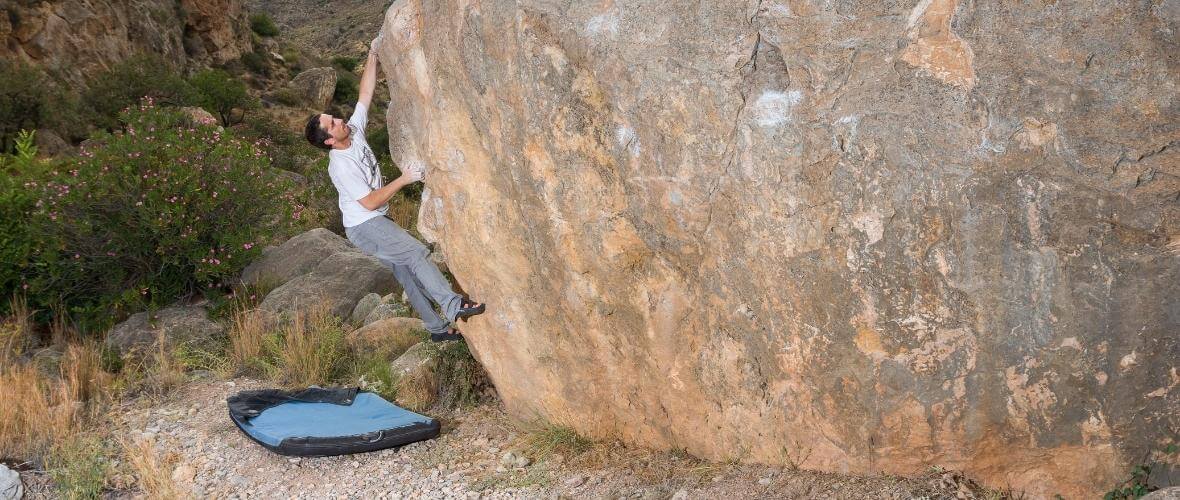
You never know when younger kids will tire out and need to sleep. So rig your raft with flat, dry, and shady spots for your child to sit or nap. For example, you can stretch out a pad on a cooler or camp table for older kids.
And in the case of babies, all you need to do is strap a car seat onto something flat. Whatever you choose, ensure that your kids are within arm's reach of an adult. It's also better to have a portable toilet on hand for emergencies.
Don't underestimate your kids' learning capacities. They are more than capable of learning basic water safety, so let them listen to your professional guide giving a safety talk. This is the single most important piece of advice you need to follow.
Kids need to know all about river rafting safety so that they do the right thing when in trouble.
You can also teach older toddlers other safety precautions like floating next to the raft in their life jackets and hollering as loudly as possible if in the water. Last but not least, no matter how fearless your kids are with water, moving water can overpower them. So make sure your little ones always wear lifejackets when on the raft.
Also, ensure they are comfortable with their personal flotation device (PFD) while on the raft. Your reputable outfitter can help you choose a good PFD.
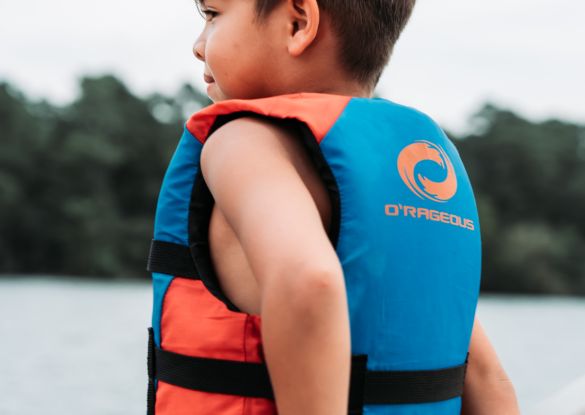
Accidents can happen anywhere, including while white water rafting. So keep a good first aid kit on hand to take care of most medical emergencies. In addition to cuts and breaks, most rafters experience allergic reactions. So make sure you have some antiseptic cream, plasters, and a good Benadryl set-up ready.
Make sure you dress appropriately for your white water rafting trip. You should be comfortable enough to endure the cold and take care of your children while rafting. Always wear bathing suits underneath your clothing as it's easier to change into wetsuits on the raft.
While you need dry clothes, do not wear anything cotton. Cotton is a naturally dry and heavy material, especially when wet. However, if you consider wearing additional layers, opt for something made of polypropylene or polyester. They work well at keeping you warm, especially for colder nights.
You also need to wear a properly fitting helmet and a protective headband to protect the rocks, paddles, and rocky terrains. Don't forget to wear booties or waterproof boots that securely hold your feet.
With the sun especially strong in the water, it's very likely to affect your body areas which you don't usually protect or take into account. Wearing sunscreen on your face and these body parts like your knees help avoid potential sunburn and relax.
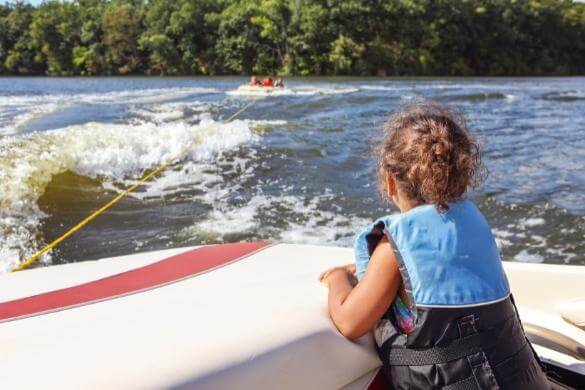
You undoubtedly may have been able to spend long days and travel lots of river miles on your own. However, things are pretty different when rafting with kids. Children tend to get bored and antsy quickly, so planning your trip well can help prevent a possible mutiny!
If necessary, add some extra days to your trip to make it more fun for them.
The most important thing to remember is not to keep your children on the raft for more than two hours at a time. You can make things fun by doing much more than just rafting. For example, you can plan time for snacks, swimming, lunch, relaxing hikes, and sandcastle contests.
Remember that there is a massive difference between river float trips and white water rafting. Younger children aren't that comfortable or able to go on whitewater river rafting trips, even in the presence of professional outfitters.
It's because these adventures are on Class III to Class V rapids, where you need a certain amount of emotional maturity and strength to paddle.
For example, day mellow float trips are pretty fun, where you get to spend quality time in nature and with your family. However, a day white water rafting trip is entirely different as it gives you the adrenaline rush you need to get out of your comfort zone.
It is always better to start rafting with kids with a multi-day camping float trip as it challenges and conquers any fears you and your family have.
It is even better and more convenient for you to consider your child's age while deciding on your trip. If your child is old enough to set up camp, then you can squeeze in a day or two of camping. If not, you will only find an extra job and burden to go on an independent river camp trip.
The ratings fluctuate through the rafting season and may seem confusing and mysterious to novice paddlers. The river rapids are classified based on:
The size and frequency of boulders
Water levels
Speed flow depends on rainfall and snow runoff.
Kid-friendly rafting trips should fall within Class I-II rapids, comprising slow or moderate water flow and light or regular waves.
Class III rapids include tricky and quicker water sections, higher tides, and narrow and challenging maneuver spaces between obstacles.
Class IV rapid has quick and brutal flowing water and standing waves requiring advanced padding skills. Some sections may even need some scouting before the trip.
Class V rapids are challenging, long, and severe with steep drops.
Class VI is the most challenging rapids with constant danger, traversed only by those with the highest level of expert paddling experience.
In addition to knowing your rapid classifications, it helps to contact a few guides about 2-3 days before the trip. You can get a better picture of the current river and weather conditions to ensure the requirements are safe for your kids' trip.
It helps if you sign up your children for a kayak or SUP class before going on your adventure. The course will teach them vital skills like proper paddle techniques and gain confidence and safety skills to prepare them for the trip better.
Also, show them pictures of rafts, life jackets, paddles, and other gears the kids will see and use on the trip. Show them the rafting setting, padding techniques, and how to wear a life jacket—doing all this before the journey makes your river trip smoother, as your kids feel even more confident. The effects are even better if you can show and practice with actual gear on dry land.
Also, inform your kids about the safety talk and demonstration they will have to listen to just before the trip. Make them know how important it is to watch and listen to it carefully.
Ask them a few refresher questions to check and ensure they were paying attention and know the appropriate rafting safety procedures.
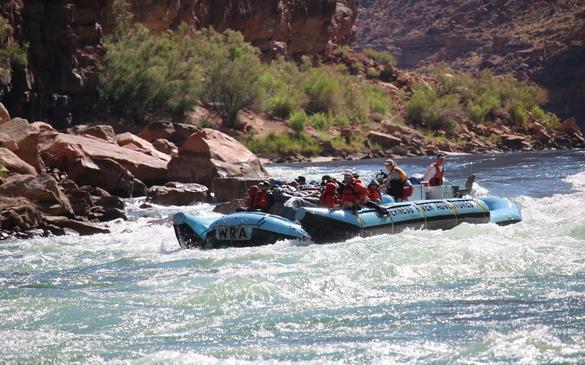
Kids are naturally observant and will watch everything you do while rafting. There's a chance that they may even notice some things which you will miss. So use this skill and extra pair of eyes to your benefit by teaching them what is okay and not while rafting.
Most importantly, tell them that it is okay and that it's essential to speak up if they notice something that seems wrong.
In addition to learning to speak up, children should also be encouraged to ask questions, especially if you want them to enjoy the outdoors. The more questions they ask, the more vital skills they acquire and build for life in general, in addition to outdoor activities.
However, along with asking questions, you too need to give them the right, thorough and thoughtful answers to their questions.
Last but not least, having an extra pair of hands provides for a better rafting experience. They will prove helpful in containing the madness and mayhem your little ones create.
You can have single friends, teenage girls, grandparents, or backcountry nannies come along and spend time with the kids. You will agree that they will help keep you and your group sane through the trip!
Here are a few common questions parents ask before taking their kids on a rafting trip.
In the case of young adults, it is always better to start with Class I rapids or easy rapid watercourses for whitewater kayaking. However, there are no strict minimum age limits for rafting companies.
It depends on the length and difficulty of the different rivers and excursions and the child's temperament.
For example, you can take younger kids aged between 5-9 years on river trips lasting up to 3 hours. However, some kids may prefer shorter trips lasting only 1-2 hours.
If you plan on taking your toddler on a float trip, pack a life jacket, some snacks, water, extra diapers, baby sunscreen, toys, dry bags, and a change of clothing. You need the sunblock to protect your child's delicate skin, while extra clothing comes in handy if your child gets wet.
Rafting experts vouch not to wear cotton clothes because cotton is a fabric that tends to get and stay wet. It's instead better to wear materials like polyester, wool, fleece, and any other waterproof or quick-drying clothes that also protect you from the weather.
In descending order, the most common white water rafting injuries are lacerations, sprains or strains, fractures, contusions, bruises, dislocations, and deaths.